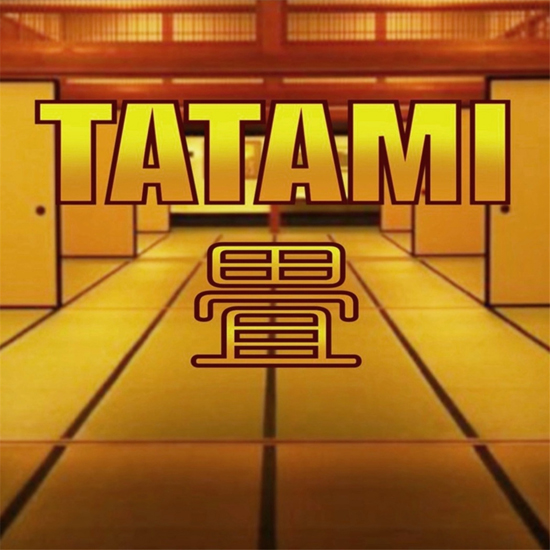


我的作品主题围绕榻榻米展开。我学习了榻榻米的几种正式的摆放规则,研究了榻榻米和日本建筑不同时代的风格和特点。 日本建筑师隈研吾独特的建筑风格从很早就开始吸引到我。我总结出了他的设计中经常使用的材料。同时,我发现Thomas Heatherwick 设计的 "Seed Cathedral" 也完美了契合我们的毕业课题主题 "Re-United"。 榻榻米的大小通常是180cm乘90cm,有5cm的...


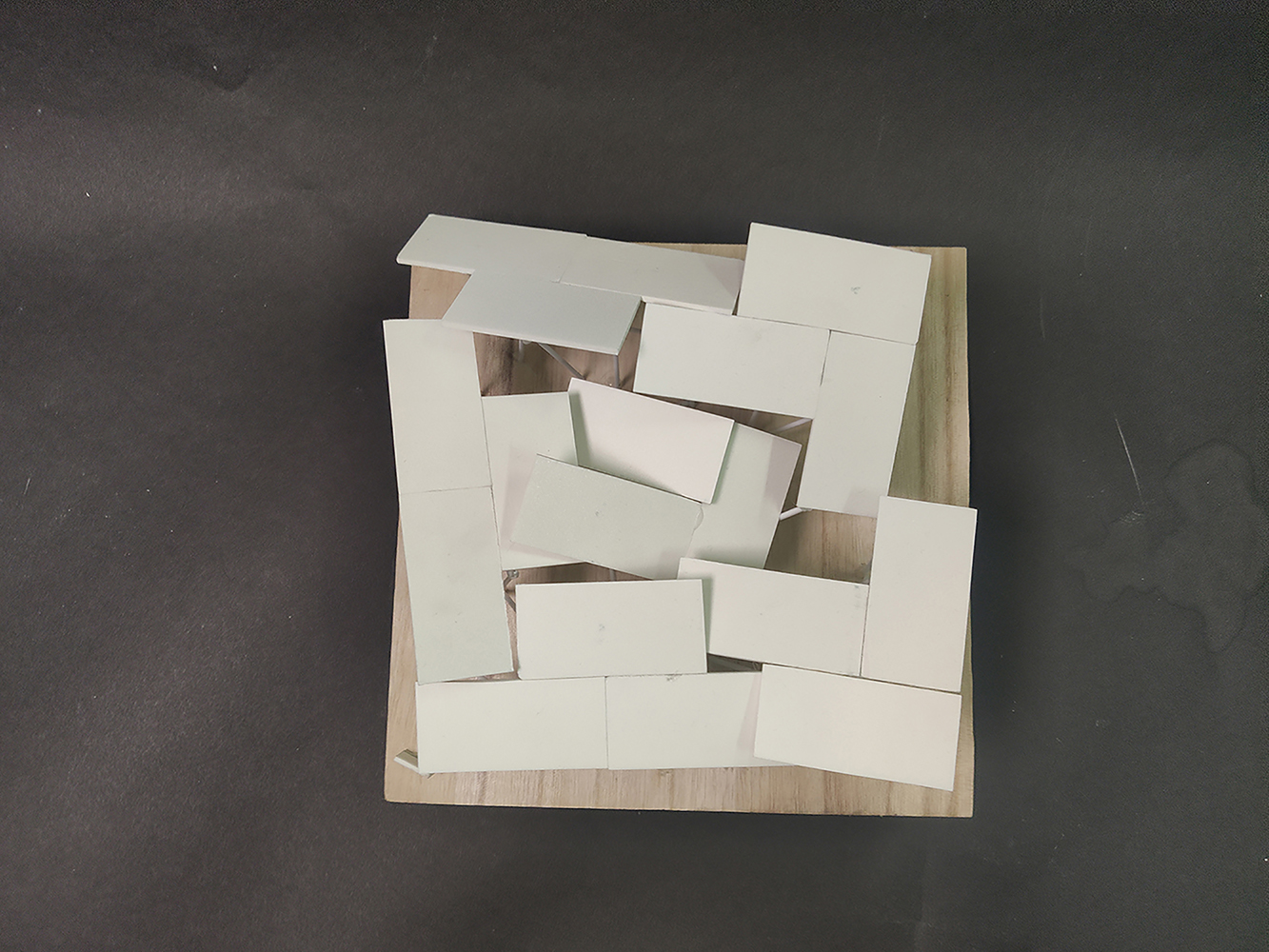


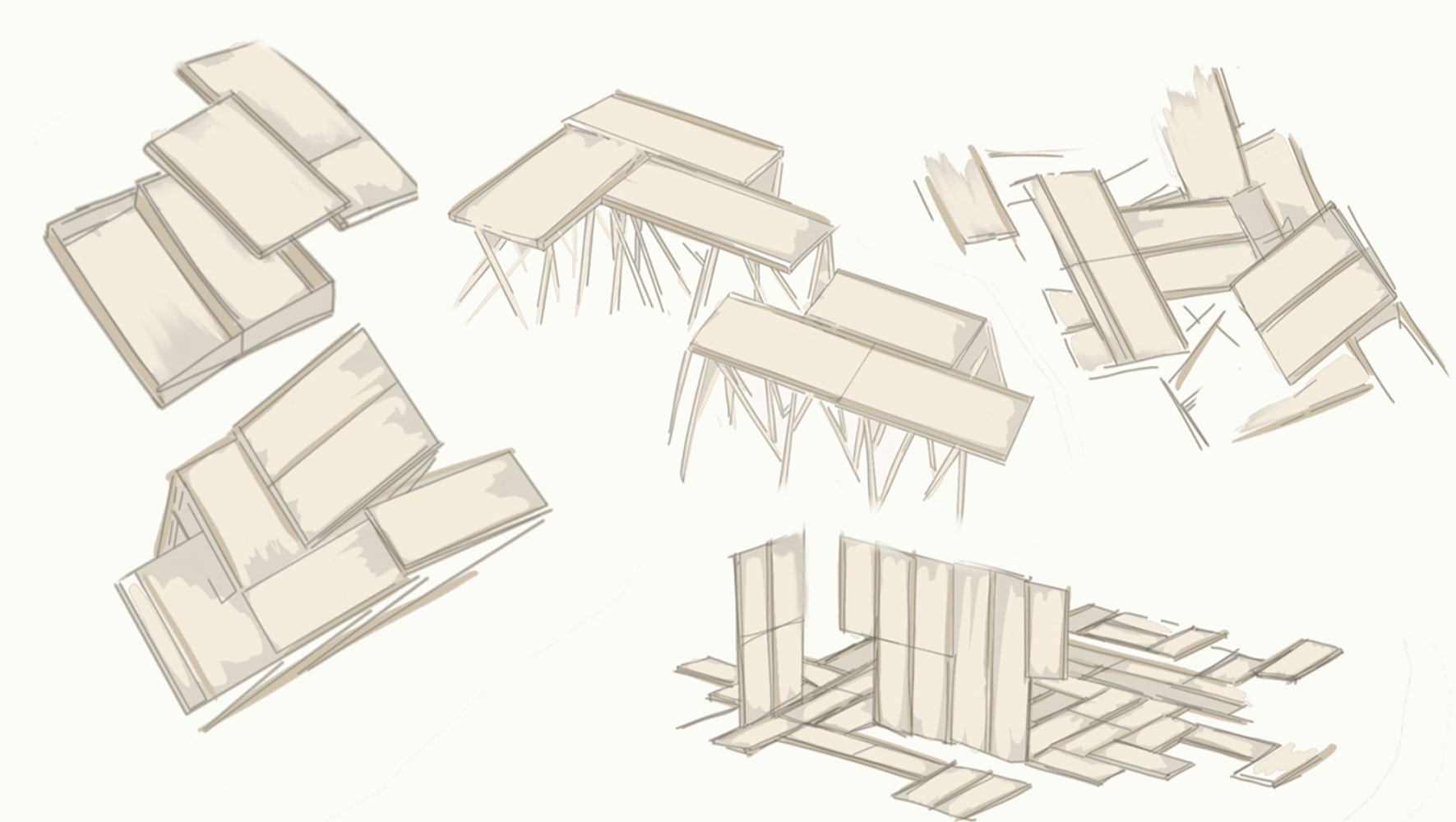
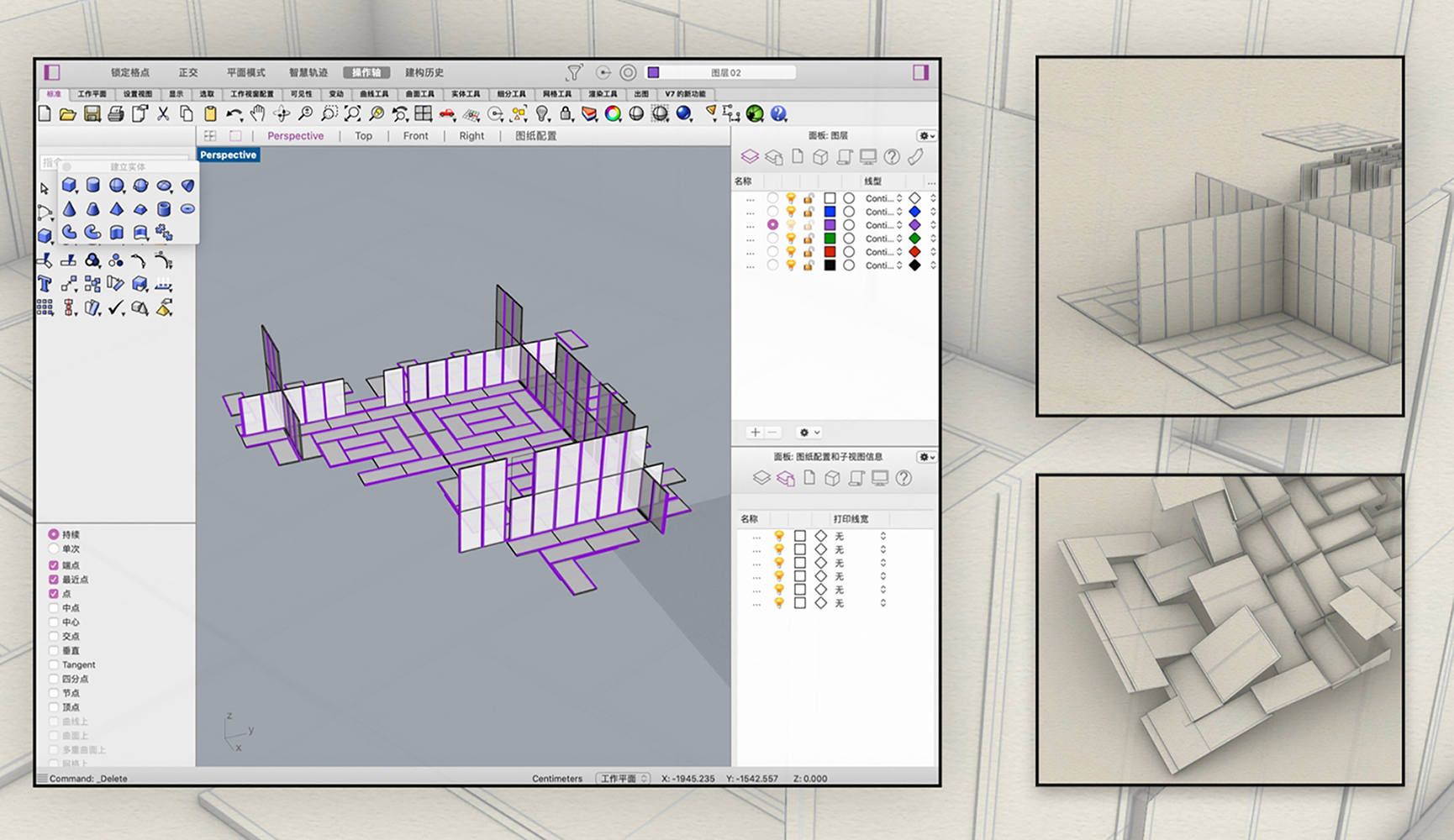
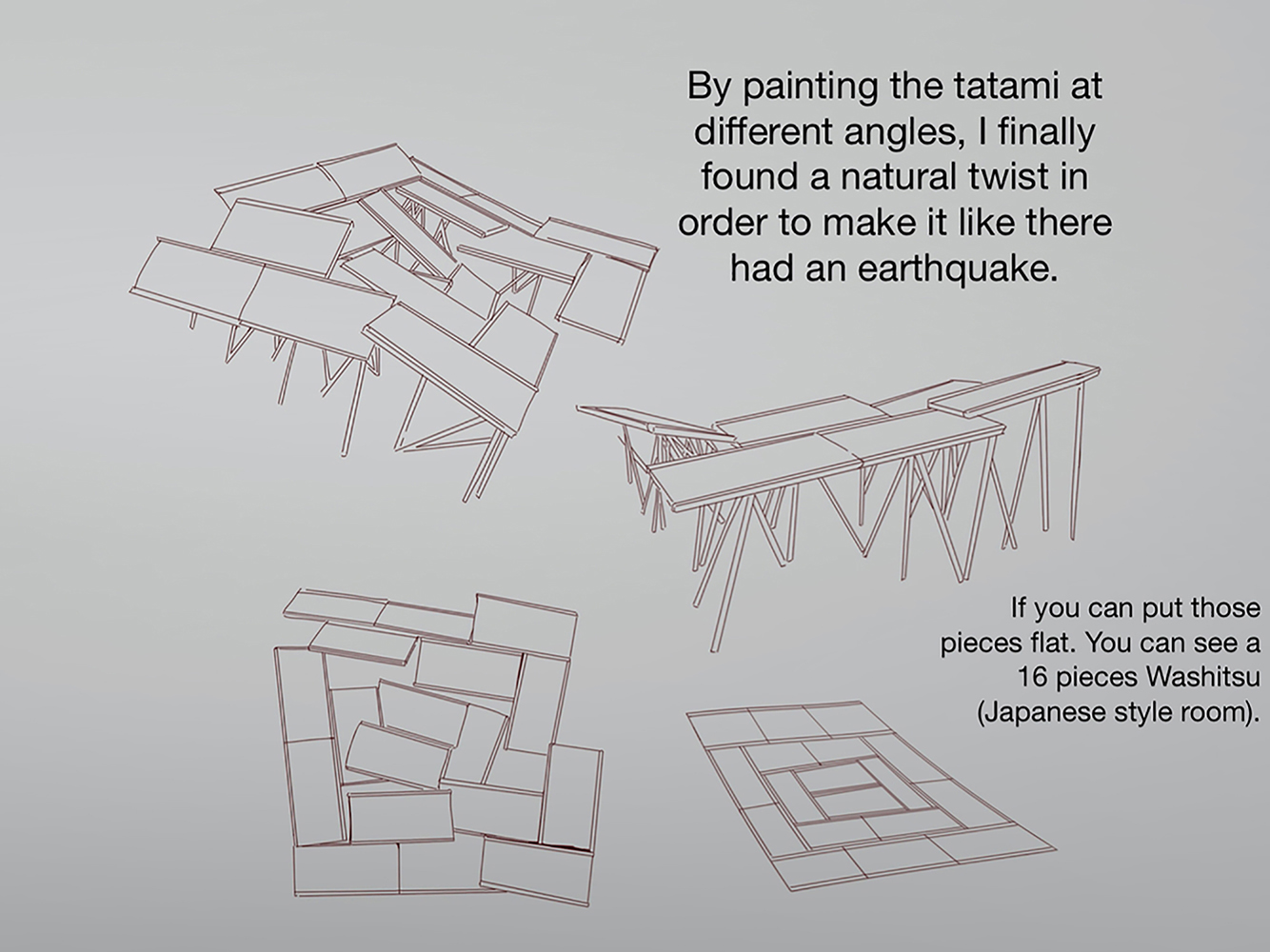

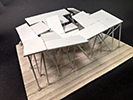
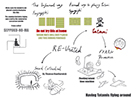






我的作品主题围绕榻榻米展开。我学习了榻榻米的几种正式的摆放规则,研究了榻榻米和日本建筑不同时代的风格和特点。 日本建筑师隈研吾独特的建筑风格从很早就开始吸引到我。我总结出了他的设计中经常使用的材料。同时,我发现Thomas Heatherwick 设计的 "Seed Cathedral" 也完美了契合我们的毕业课题主题 "Re-United"。 榻榻米的大小通常是180cm乘90cm,有5cm的...














我的作品主题围绕榻榻米展开。我学习了榻榻米的几种正式的摆放规则,研究了榻榻米和日本建筑不同时代的风格和特点。 日本建筑师隈研吾独特的建筑风格从很早就开始吸引到我。我总结出了他的设计中经常使用的材料。同时,我发现Thomas Heatherwick 设计的 "Seed Cathedral" 也完美了契合我们的毕业课题主题 "Re-United"。 榻榻米的大小通常是180cm乘90cm,有5cm的厚度,所以本次作品中我严格遵守了1/2的比例。首先尝试了各种榻榻米的摆放方法,并且发现一些日本古建筑的屏风和墙都有与榻榻米同样尺寸的边框。于是我意识到榻榻米一直都不仅仅是一个平面的装置,我据此完成了建筑模型。这个作品集结了隈研吾的“Materials Research Office In Shanghai” 和 Thomas Heatherwick 的 "Seed Cathedral" ,兼具两者的特点:隈研吾设计的天花板和 Heatherwick 的放置种子的尖刺。
The theme of this issue revolves around tatami mats. I learned several formal tatami placement rules, and studied the styles and characteristics of tatami mats and Japanese architecture in different eras. Japanese architect Kengo Kuma’s unique architectural style has attracted me from a very early time. I have summarized the materials commonly used by Kengo Kuma and his studio. At the same time, "Seed Cathedral" designed by Thomas Heatherwick perfectly fits our final project "Re-United". Heatherwick collected seeds to map the grand scene of the gathering of various countries in the Expo. The size of tatami is usually 180cm by 90cm, with a thickness of 5cm. So in this work, I strictly adhered to the 1/2 ratio. First, I tried various ways of placing tatami mats, and found that the screens and walls of some ancient Japanese buildings have frames of the same size as tatami mats. So I realized that tatami has always been more than just a flat installation. Then my first architectural model was born. This work is a collection of Kengo Kuma's "Materials Research Office In Shanghai" and Thomas Heatherwick's "Seed Cathedral". It has the characteristics of both: Kengo Kuma's ceiling and Heatherwick's spikes for seed placement. The origin of the name I·B Pavilion is a novel of the same name “Danchotei-nichijo”. It tells the story of the Kanto great earthquake in 1923 in the form of a diary. The word “Dancho” means broken intestines as a metaphor for heartbreak which shows the author is deeply saddened by the disaster caused by the earthquake. But the novel itself doesn't describe how this pavilion looks. So I decided to make my project look like a pavilion.